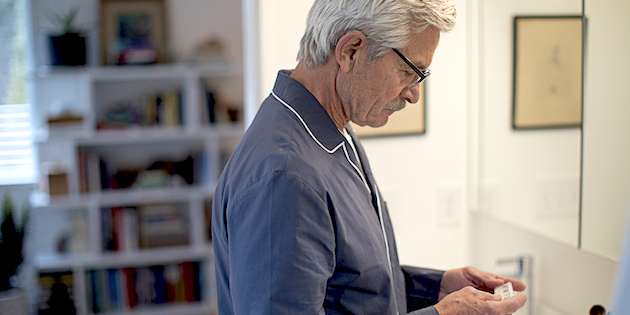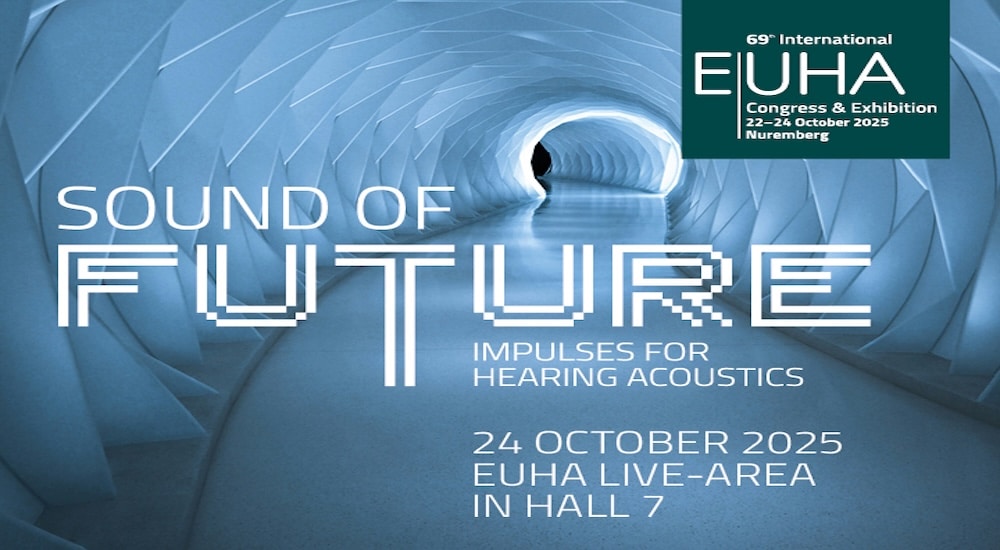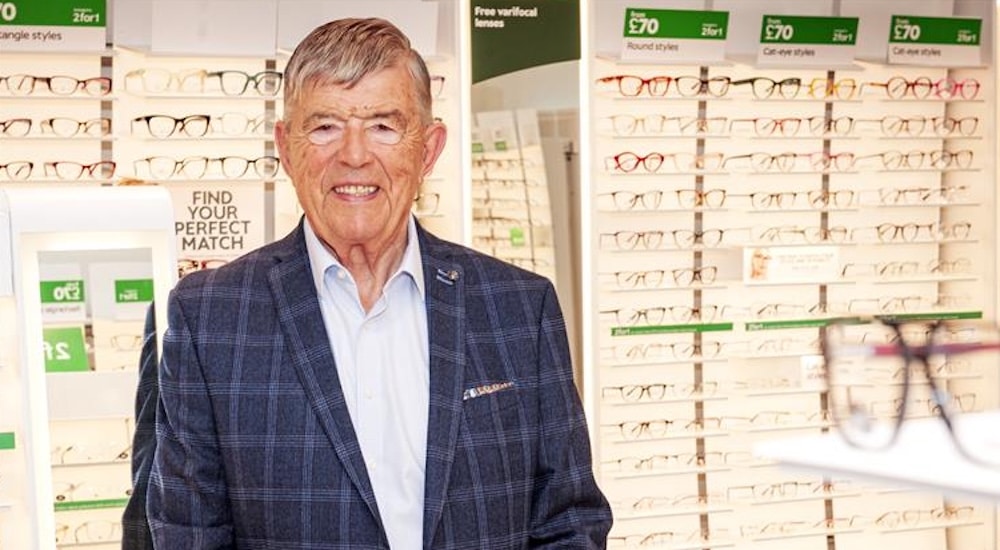How can hearing instruments help maintain health?
healthables
The multi-purpose device is a focus for the leading players in the hearing aid industry. BIHIMA interviewed Paul Lamb, Technical Director at Starkey, about how hearing technology can help wearers of hearing instruments monitor and maintain their health as well as deliver a high-quality listening experience.

BIHIMA: Health monitoring devices have become a mainstream accessory. How has the hearing industry responded to this?
Paul Lamb (PL): First and foremost, we are an industry trying to improve people’s ability to hear better. We know the value of great sound quality for our patients and additional health monitoring features can never be at the expense of the core technology. The benefits of being able to hear well for overall health and wellbeing are well proven and should always be considered first.
The hearing technology industry has made huge strides forward in this area to develop hearing instruments that are also devices which can track health. Embedded gyroscopes and movement sensors integrated with artificial intelligence (AI) are used to monitor different aspects of health.
Recent developments in hearing technology allow:
- Tracking of daily activity in terms of physical activity – people can see how many steps they’ve done and miles they’ve walked, very much like a Fitbit or an Apple watch would do but, on their ear, not their wrist.
- Tracking of hearing instrument use – a hearing instrument wearer can measure how much they’ve used their instrument through the day, and whether they’ve worn it in difficult places as well as easier places – this tracking and monitoring stimulates the brain which can help reduce risk of developing dementia. The user can also track their social activity.
- A fall detection system on board hearing instruments. The sensors have been trained, using AI, to know if the person has fallen over and can trigger, through their phone, an alert to the wearer’s relatives and give them a precise location of where the person is. The system can verify with the user whether they’ve had the fall or not before a message is sent to a third party. If a person is feeling unwell, whether they’ve fallen or not, they can press the button manually and it will send an alert to relatives.
- Reminding people of their medication routine – hearing instruments can be programmed to remind people to take their medication, for example, mine remind me at 10pm to take my blood pressure tablets! They can remind people to drink more water, to walk around more to increase their circulation. You input the reminder manually so the wearer can set the reminder to be anything they need.
Audiologists are adapting their role to support hearing instrument users with these different features. It’s exciting that we can move technology forward and that people who use hearing instruments and have health concerns can track their health. During Covid it was a great comfort to people to be able to track their health without leaving the house. Starkey’s Livio AI was the first hearing instrument to have these ‘healthables’ features.
BIHIMA: How do ear-worn devices perform in comparison with other digital health monitors, such as wrist-worn?
PL: In the research that we’ve been doing we’re finding that the accuracy of a movement sensor worn on a person’s ear is greater than wearing something on their wrist or around their neck.
Tracking of falling over from a sensor either in or on the ear is much more accurate than devices worn on the body, as the head is a more stable place; having two hearing instruments means you’ve got double the chance of capturing an accurate measurement.
Of course, the key reason people wear hearing instruments is to hear better. The technology has not compromised the listening experience in any way. Because we now have AI on board these devices, the listening experience has been improved and hearing instruments now help people hear better in difficult listening environments.
BIHIMA: Do you think the development of hearing instruments, which are also health monitoring devices, might encourage more people to wear hearing instruments?
PL: Anything you can do to make a hearing instrument more appealing creates more interest and can encourage more people to take the next step in wearing a hearing instrument. It gives better visibility to the hearing instrument market.
The new technology means patients are more inquisitive about hearing instruments as they are multi-purpose. As well as monitoring health, they can link to a person’s phone or Alexa, and they can translate languages and stream audio. Having this technology can mean the difference between calling a loved one on the phone and not really hearing them and calling them and being able to hear what a loved one is saying.
For hearing instrument users, wearing an instrument which can also monitor your health can be more convenient as it negates the need for wrist-worn devices and brings everything together.
BIHIMA: What is the role of the hearing instrument industry in the future of health monitoring devices?
PL: In the future they may have the capacity to link the activity a person has done with an automated reminder to do more activity if they have not reached their target.
We’re also looking at tracking more than just how much activity people have done – there will be more accuracy in terms of the type of exercise they do.
There’s potential for checking the health of a person’s heart, ECGs, heart rate, mood monitoring via voice recognition – all these things can be brought into hearing technology.
The hearing instrument can track social interaction and, in future, will be able to automatically remind people to interact to help prevent isolation.
A challenge we have with a hearing instrument is the size of it, so it is about developing reliable components that can fit within the instrument and this takes time but there’s potential for so much – it’s an exciting time to work in the hearing technology industry!
About BIHIMA
BIHIMA represents the hearing instrument manufacturers of Britain and Ireland, working in partnership with other professional, trade, regulatory and consumer organisations within the health care and charitable sectors. We raise consumer awareness about the latest hearing technology and aim to influence government and policy makers to improve the lives of people with hearing difficulties.
Source: Audio Infos UK #145 – November/December 2021



